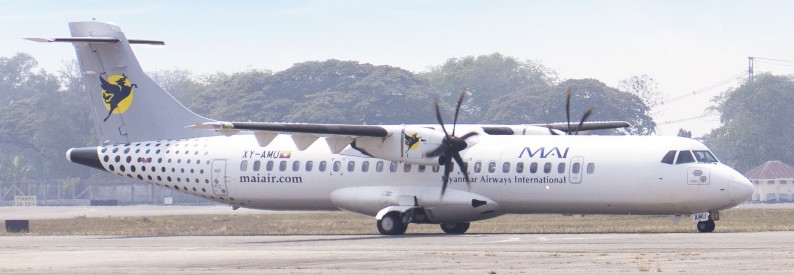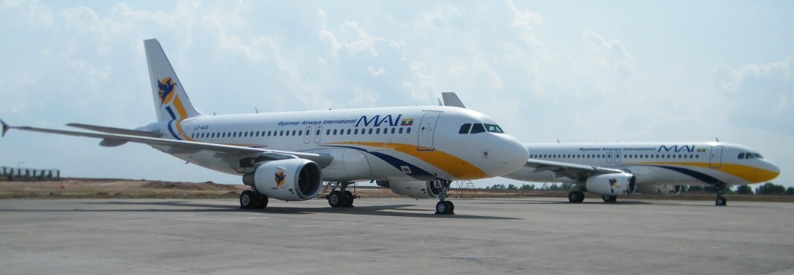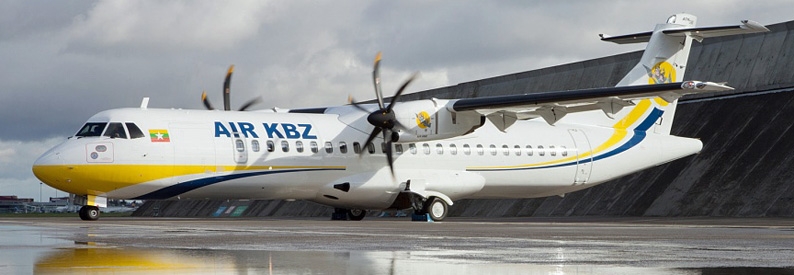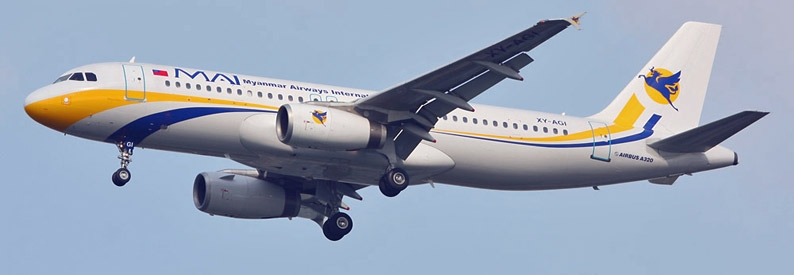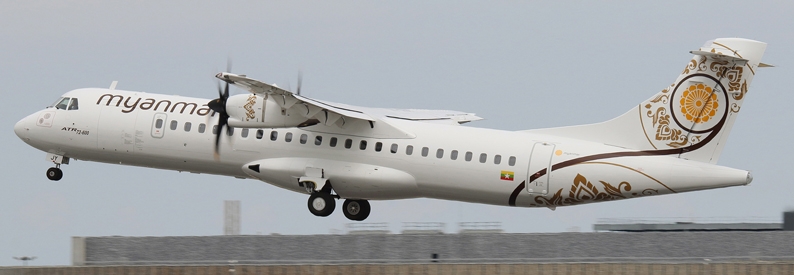The Myanma Government will partner the private sector in increasing the number of international gateways the Southeast Asian state has. At present, Myanmar's foreign traffic is routed via three main airports - Mandalay International, Nay Pyi Taw, and Yangon.
In an interview with The Myanmar Times, the Deputy Director of the Department of Civil Aviation, General U Ye Htut Aung, said airports at each of Heho, in Shan State, Mawlamyine, in Mon State, and Kawthaung, in the Tanintharyi Division, will be upgraded to allow for international flights.
Under public/private partnerships, the airfields will be developed in two phases; the first will see the construction of Customs, Immigration, and Quarantine areas while the second will see the airports' existing infrastructure upgraded to international status.
Concerning Heho airport, Aung said the project will cost USD40 million and will be carried out by a 65/35 joint-venture consisting of KBZ Group, parent firm of Air KBZ (Yangon), and Toyota Tsusho, a member of the Toyota group.
Concerning Mawlamyine airport, local investment firm, Grand Hantha Company Limited, will partner Thailand's Bangkok Aviation Services Enterprise to carry out works which will total USD20 million. Though the ratio of the JV has yet to be decided, Grand Hantha plans to use the airfield to promote Mon State’s tourist attractions, including the Kyaiktiyo Pagoda, especially to Thai tourists.
Concerning Kawthaung airport, a JV between Golden Myanmar Airlines (GMR, Yangon) with 65%, KMA Resources with 33%, and Tanintharyi Capital and Beijing ZH each with 1%, will carry out works on the USD36 million project.
Aung said only charter flights will be allowed into each of the three airports initially. However, once the second phase of works has been completed, scheduled flights will be allowed to land following inspections for quality and safety.
According to him, of the three airports, Heho has the “highest potential”, followed by Kawthaung. While Mawlamyine airport was not originally chosen as one of the airports to be upgraded, the Mon State government lobbied for the upgrade given the perennial difficulties the region's expatriate workers in Malaysia, Thailand, and Singapore experience when travelling home. At present, they are forced to use a circuitous and more expensive route through Yangon, he said.
The general said an international valuation company has also carried out an assessment of the three airports, including the land, runways and buildings, with the valuations to be used as the government’s investment portion.
Costs for the second phase of works, which will bring the airports to international standards, will see the extension of each airfield's runway, the construction of taxiways, and improvments to their aprons. Other costs will include the purchase and installations of signal and navigation equipment.
Aung said government had chosen the JVs in December last year but that talks regarding project timelines, financing, and other technical details were still being ironed out. Once the works are done, the private entities should be able to manage each of the airfields on 20-year concessionary contracts with two five-year renewable terms on a profit-sharing basis similar to the Yangon and Mandalay airport upgrade agreements.
Under the Build-Operate-Transfer plan, government will take a 5% profit share during the first 10 years of operations, growing to 10% over the subsequent 10 years and 15% in the following 10 years. Thereafter, it will assume control the airports.
